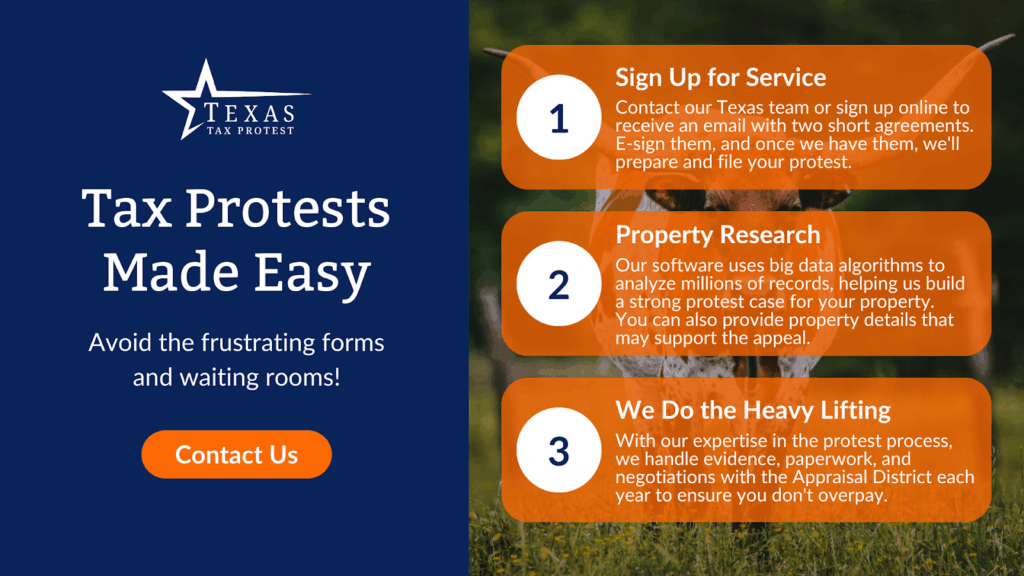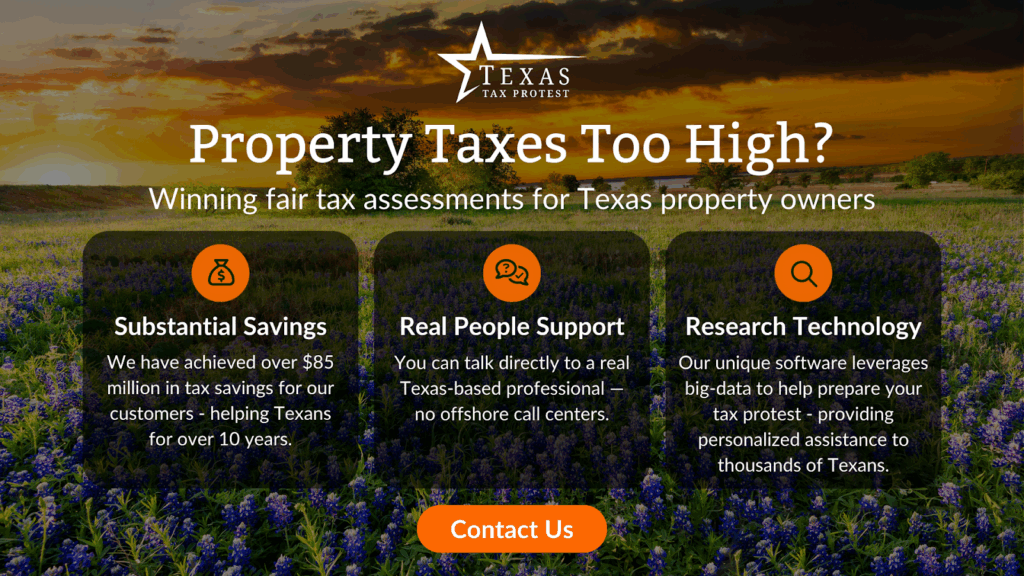
Cost of Living in San Antonio: Is It Worth the Move?
July 25, 2025
Key Takeaways:
- Homeownership in San Antonio Remains Accessible: Median home prices remain lower than in Austin or Dallas, but property taxes and maintenance costs can vary. Homeowners who track comps and file exemptions on time can keep housing costs more predictable.
- Expenses Like Gas, Groceries, and Transit Stretch Further: With grocery and transportation costs around 6% below the national average, many residents find their everyday budget goes a bit further.
- Monthly Bills Are Manageable, But Healthcare Runs High: Electricity and internet plans stay relatively affordable, though healthcare costs in San Antonio average 17% higher than the national average. Planning and reviewing bills regularly can help balance it all.
Many Texans and newcomers from across the country are considering a move to San Antonio. With its rich culture, steady job market, and lower housing prices, the city stands out as a tempting place to settle, but before you start packing, it’s worth asking: What does daily life in San Antonio cost? Property taxes, insurance premiums, utility bills, and ongoing maintenance all shape what you’ll spend over time. For homeowners and commercial property owners, knowing where those dollars go can make a meaningful impact on your bills.
Our team at Texas Tax Protest works to break it all down. We look past market averages to explain how appraisal values are calculated, which exemptions may apply, and how to approach your tax bill.
In this guide, we’ll examine the cost of living in San Antonio so you can make the most of your current property.
Housing Costs in San Antonio: What You’ll Spend to Own or Rent
San Antonio’s housing market plays a major role in shaping the city’s overall affordability. Prices have climbed over the past few years, but the market remains accessible compared to other major Texas cities. For buyers and renters, factoring in housing prices, taxes, and recurring monthly costs builds a clearer picture of what daily life might cost in the Alamo City.
Home Prices Fall Below State and National Averages
San Antonio offers considerably more room to breathe than Austin, Dallas, and other high-demand metros. Median home values stay below national benchmarks, so first-time buyers and investors secure property without stretching their budget. According to Payscale, housing costs in San Antonio are 21% lower than the national average, and the city’s total cost of living sits 9% below the national baseline.
Property Taxes Can Reshape Your Budget
The listing price of a home is only part of the cost equation. Texas property taxes tend to run higher than the national average and are reassessed annually based on nearby home sales. Each comparable sale is adjusted to reflect differences in lot size, square footage, renovations, build year, and home condition. For example, a home with a new kitchen or larger backyard may be assessed more than a similar property nearby. These yearly appraisals can shift your total costs, especially when unnoticed upgrades influence your taxable value.
Our team at Texas Tax Protest works directly with property owners to review these assessments and contest unfair valuations. A closer look at the math behind your appraised value can be a meaningful way to lower your tax bill.
Additional Housing Expenses to Keep in Mind
Beyond property taxes, homeowners in San Antonio may face variable costs tied to insurance and maintenance. Premiums can change depending on a property’s age, elevation, or proximity to flood zones. While full of character, older homes often need more frequent upkeep, which can influence your monthly budget.
Additionally, ongoing costs like roof repairs, HVAC servicing, or appliance replacements contribute to the broader cost of living. Those expenses are often baked into monthly payments for renters, but homeowners will want to account for them when weighing long-term affordability. Still, San Antonio remains one of the more attainable markets in Texas.
Transportation Costs in San Antonio: What to Expect on the Road and Beyond
Getting around San Antonio can shape a large part of your monthly budget. The city’s car-centric design means most residents own vehicles, but costs vary depending on commute length, insurance rates, and how often you rely on public transit or rideshare services. According to Payscale, transportation expenses like gas and bus fares are 6% lower than the national average, giving many households a slight edge in everyday spending.
Driving Costs Can Add Up
Owning a car is the norm in San Antonio. Gas prices generally fall below the national average, which softens the blow at the pump. Still, long commutes, frequent highway drives, and growing traffic congestion can raise overall costs. The city’s ongoing growth stretches travel times, especially for those living in outlying suburbs or commuting into downtown.
Auto insurance is another variable to watch. Rates fluctuate based on ZIP code, driving record, and credit score, and while they tend to be moderate compared to other Texas metros, it still pays to compare providers. Many San Antonio neighborhoods don’t require paid permits, and parking is often easier than in denser urban areas.
Public Transit and Alternative Commutes
San Antonio’s VIA Metropolitan Transit system offers budget-friendly access across the city. Monthly passes remain affordable, and individual fares are among the lowest of any major Texas metro. Public transit can be a dependable way for residents who live and work along major routes to cut fuel costs or reduce car usage altogether.
Rideshare apps are widely available, though frequent use can quickly outpace your spending on car ownership. Cycling is becoming a more viable option for shorter trips. Expanded bike lanes and a growing network of greenways now link many neighborhoods, allowing residents to skip traffic altogether.
Planning Keeps You on Track
Transportation costs in San Antonio may look lower than the national average, but they can still vary widely based on your lifestyle. For example, a downtown professional with walkable access to transit will have a different budget than a commuter driving in from the outskirts. Determining your typical travel needs helps you plan and avoid unexpected costs.

Food and Grocery Costs in San Antonio: How Far Your Dollars Go
Weekly food expenses make up a sizable chunk of any household budget, but in San Antonio, shoppers and diners often see more breathing room than in other major Texas cities. Grocery prices are 6% lower than the national average, giving residents some much-needed relief on day-to-day essentials.
Grocery Stores Offer Affordability and Variety
Families and individuals shopping in San Antonio typically find grocery trips stretching further. National chains like H-E-B and Walmart form the foundation of the city’s food landscape, but the selection doesn’t end there. A broad mix of specialty grocers, corner markets, and farmers’ markets offers everything from organic produce to homemade baked goods. While seasonal shifts influence produce prices, locally sourced items are often priced competitively during peak harvest.
Dining Out Delivers Value at Every Level
San Antonio’s culinary scene reflects the city’s diverse heritage and affordability. From neighborhood taquerias to upscale spots along the River Walk, dining options exist for nearly any budget. A casual restaurant meal typically costs $10 to $15 per person, while higher-end dinners range from $20 to $50. Locals looking to trim costs often take advantage of happy hour specials, food trucks, and lunch deals scattered across the city.
Smart Shopping Strategies Can Multiply Savings
San Antonio shoppers often take advantage of weekly specials, store loyalty programs, and digital coupons to lower grocery bills. Buying in bulk or timing purchases around sales events helps many households keep food costs predictable without sacrificing quality. While food expenses will always vary based on lifestyle, San Antonio remains a strong contender for those who want to dine well and stock their pantry.
Utilities and Monthly Costs in San Antonio: What to Expect Each Month
Monthly bills can reveal much about a city’s true cost of living. In San Antonio, electricity, water, internet, and other essential services tend to stay manageable for most households, that is, if you plan wisely.
Electricity, Water, and Energy Use in San Antonio
With long summers and brief cold snaps, San Antonio residents rely heavily on air conditioning and moderate heating throughout the year. Seasonal demands shape electricity bills more than in cities with milder weather. On average, monthly residential electric bills land in the mid-$100s, though that number rises during peak heat.
However, water bills tend to be more predictable. Tiered usage rates and local conservation efforts incentivize homeowners to monitor their consumption. For many, staying water-efficient can help keep monthly charges steady, even through the driest months.
Internet, Streaming, and Other Digital Essentials
Access to high-speed internet is widely available across San Antonio, and major providers offer packages based on usage. Most plans include basic web browsing, video conferencing, and remote work. Streaming services and cable packages align with national averages, but costs can creep up quickly as subscriptions pile on. Therefore, bundling and shopping around for deals can help keep monthly totals in check.
What Renters and Homeowners Pay Differently
Many apartment communities in San Antonio include services like water, trash pickup, or pest control as part of the lease. Those costs are typically separate for homeowners and vary by neighborhood, property size, and city services. Trash collection, sewer fees, and routine upkeep all factor into what a home truly costs each month.
Another layer worth noting: property taxes affect escrow payments, which can raise monthly outflows beyond the basic utility bills. Tied to your home’s assessed value, those taxes often shape your long-term financial landscape more than you might expect.
Healthcare Expenses Can Add Up Quickly
Compared to national averages, healthcare costs in San Antonio tend higher. In fact, healthcare in San Antonio is 17% more expensive than the U.S. average, according to Payscale. That increase reflects insurance premiums and co-pays to prescription costs and provider availability. Residents with chronic conditions, ongoing prescriptions, or families with multiple dependents should factor these healthcare costs into their monthly budgets.

Final Thoughts
San Antonio stands out as a city where modern growth, historic charm, and relative affordability combine, making it attractive to both new Texans and long-time residents. While the median home price and general living expenses remain lower than in other Texas metros, rising property values mean homeowners and commercial property owners need solid strategies to avoid overpaying property taxes.
Our team at Texas Tax Protest is here to help homeowners protect that investment. If your property assessment doesn’t reflect your home’s true market value, we’ll walk you through the steps to challenge it. With a blend of local expertise and data-driven strategies, we work to secure fair, accurate valuations that reflect your property, not just citywide trends.
Read also:
- How to Protest Your Property Taxes in Texas and Actually Win
- Appeal Strategies That Minimize Your Property Taxes
- The Most Effective Ways to Lower Your Property Taxes in Texas
Frequently Asked Questions About the Cost of Living in San Antonio
Is owning a car necessary in San Antonio, and what are the associated costs?
Given the city’s wide layout and limited rail infrastructure, most San Antonio residents rely on personal vehicles to get around. Owning a car allows for work, errands, and weekend travel flexibility. On average, expect to budget $4,000 to $6,000 per year for car ownership. That estimate includes insurance, fuel, maintenance, registration, and parking. While Texas doesn’t charge a state-level vehicle inspection fee, registration costs can vary by county and city.
What is the cost of public transportation in San Antonio?
VIA Metropolitan Transit operates a bus system that serves much of the city. As of 2024, a standard adult fare is $1.30 per ride, or $38 per month for unlimited use with a monthly pass. Discounted fares are available for seniors, students, and people with disabilities. VIA’s rates remain among the most affordable in Texas.
How do education costs in San Antonio compare to other cities?
Public education in San Antonio is funded through local property taxes, which means quality and resources can vary by district. However, many families benefit from tuition-free magnet and charter schools, which are widely available across the city. For private school options, average tuition can range from $8,000 to $13,000 per year, depending on the institution and grade level.
What is the job market like in San Antonio and how does it affect cost of living?
San Antonio’s job market continues to grow, with steady healthcare, education, hospitality, and tech demand. The city’s lower cost of living allows salaries to stretch further than they might in Austin or Dallas. For professionals in high-demand fields, local wages often keep pace with housing and daily expenses, helping make the area more livable for full-time residents and newcomers.
What kind of financial benefits can veterans expect in San Antonio?
For good reason, San Antonio has earned the nickname Military City, USA. The city hosts a strong support network for veterans, including housing resources, career services, and healthcare access. Many veterans qualify for property tax exemptions, with some receiving a full exemption based on disability ratings.
Our team at Texas Tax Protest works with veterans to identify and apply these exemptions, helping reduce overall tax burdens and simplify the process. In addition, veteran-specific job placement programs and community support make San Antonio a financially favorable place to call home.
Is San Antonio a pet-friendly city, and what costs are involved?
San Antonio welcomes pet owners with open arms. The city offers dog parks, walking trails, pet-friendly rentals, and plenty of outdoor events where pets are part of the experience. Most apartment complexes charge a pet deposit ranging from $200 to $400, plus a monthly fee of $15 to $35 per pet. Routine costs such as veterinary care, pet licensing, and grooming services are comparable to those of other large Texas cities.
Are there affordable neighborhoods in San Antonio for first-time home buyers?
San Antonio offers a variety of neighborhoods with homes suited to first-time buyers. Areas like Highland Park, Leon Valley, and Woodlawn Lake typically provide lower-priced housing with access to quality schools and amenities.






